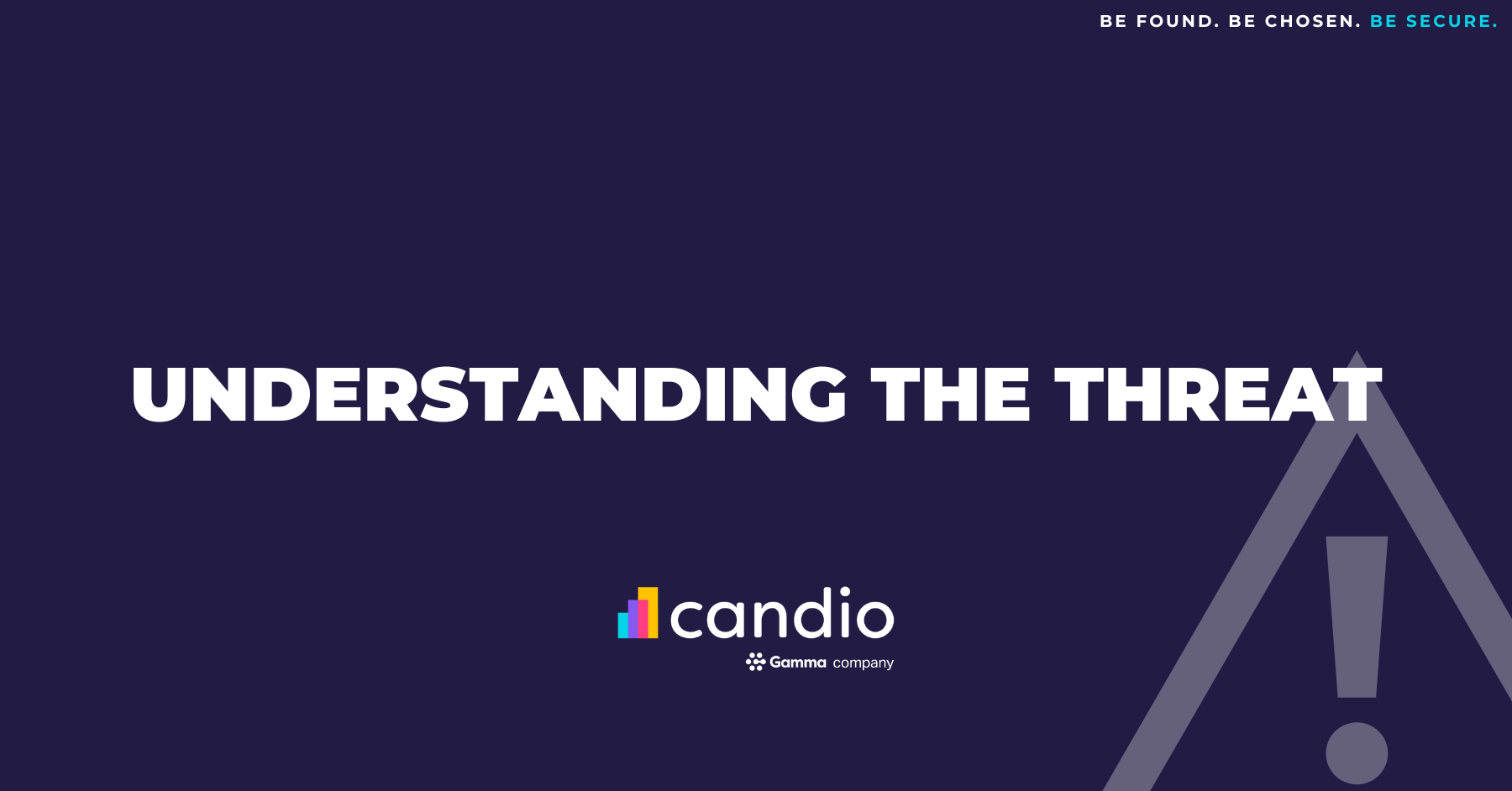In the vast ocean of cyberspace, lurking beneath the surface, are deceptive tactics designed to ensnare unsuspecting victims. One such tactic, phishing, has become a prevalent threat in the digital age. With its ability to masquerade as legitimate entities, phishing poses significant risks to individuals and organizations alike.
In this blog, we will dive into the depths of phishing, exploring what it is, how it works, and most importantly, how to protect yourself against it.
What is Phishing?
Phishing is a form of cyber attack that involves the use of deceptive techniques to trick individuals into divulging sensitive information such as usernames, passwords, credit card numbers, or other personal data. The term “phishing” is a play on the word “fishing,” as attackers cast out bait in the form of fraudulent emails, text messages, or websites, hoping to lure unsuspecting victims into their trap.
How Does Phishing Work?
Phishing attacks typically begin with the attacker crafting a message that appears to be from a legitimate source, such as a bank, social media platform, or government agency. These messages often contain urgent or enticing requests, such as claiming that there has been suspicious activity on the recipient’s account or offering a prize or reward in exchange for information.
Once the victim takes the bait and clicks on a malicious link or enters their information into a fake website, the attacker gains access to their sensitive data. This information can then be used for various malicious purposes, including identity theft, financial fraud, or unauthorised access to accounts.
Types of Phishing
Phishing attacks come in various forms, each tailored to exploit different vulnerabilities and target specific victims:
- Email Phishing: This is the most common form of phishing, where attackers send fraudulent emails impersonating legitimate organizations.
- Spear Phishing: In spear phishing, attackers target specific individuals or organisations, often using personalised information to make their messages more convincing.
- Smishing: Short for “SMS phishing,” smishing involves sending phishing messages via text or SMS.
- Vishing: Also known as “voice phishing,” vishing uses phone calls to trick victims into revealing sensitive information.
Protecting Yourself Against Phishing
Protecting yourself against phishing requires a combination of vigilance, skepticism, and security measures. Here are some tips to help you stay safe:
- Be Skeptical: Always question the legitimacy of unsolicited messages, especially those requesting sensitive information or urging immediate action.
- Verify: Before clicking on any links or providing any information, independently verify the sender’s identity through official channels.
- Stay Informed: Keep yourself updated on the latest phishing techniques and tactics to recognize potential threats.
- Use Security Software: Install and regularly update antivirus and anti-phishing software to help detect and prevent phishing attacks.
- Educate Others: Spread awareness about phishing among your friends, family, and colleagues to help them stay safe online.
Conclusion
In today’s interconnected world, where digital threats abound, understanding and recognising the dangers of phishing is essential for safeguarding your personal and sensitive information.
By staying vigilant, practicing good cybersecurity habits, and arming yourself with knowledge, you can navigate the murky waters of cyberspace with confidence, protecting yourself against the deceptive tactics of phishing attackers.
Stay safe, stay informed, and remember: when in doubt, don’t take the bait.
